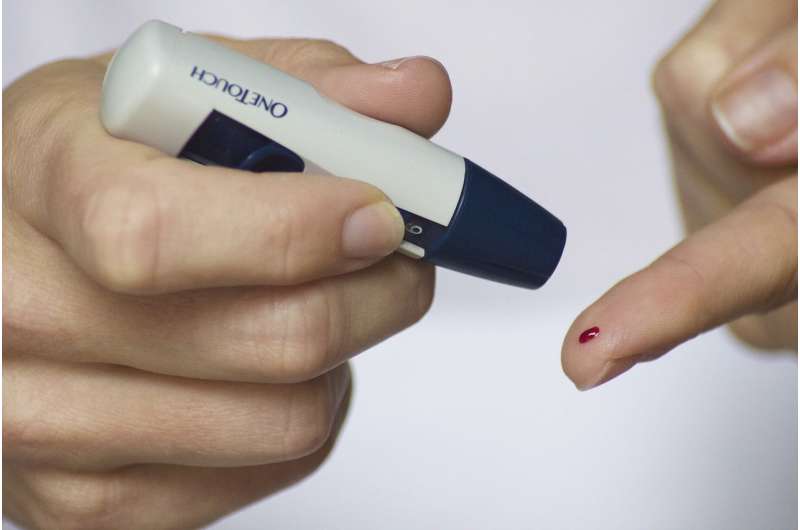25-year study shows that incidence of type 1 diabetes is increasing by more than 3 percent per year in Europe

New research published in Diabetologia (the journal of the European Association for the Study of Diabetes [EASD]) shows that new cases of type 1 diabetes are rising by 3.4% per year across Europe. If this trend continues, incidence would double in the next 20 years. The study is coordinated by Professor Chris Patterson, Centre for Public Health, Queen's University Belfast, UK.
Against a background of a near-universally increasing incidence of childhood type 1 diabetes, recent reports from some countries suggest a slowing in this increase. Occasional reports also describe cyclical variations in incidence, with periodicities of between 4 and 6 years. In this study, the authors analysed age/sex-standardised incidence rates for the 0- to 14-year-old age group, reported for 26 European centres (representing 22 countries) that have registered newly diagnosed individuals in geographically defined regions for up to 25 years during the period 1989-2013.
The data showed significant increases in incidence in all but two small centres, with a maximum rate of increase of 6.6% per annum in a Polish centre. Several centres in high-incidence countries, including Finland and Norway, along with 2 centres in the UK, showed reducing rates of increase in more recent years. Despite this, a pooled analysis across all centres revealed a 3.4% per annum increase in incidence rate, although there was some suggestion of a reduced rate of increase in the 2004-2008 period, where it fell to 1.1% per annum (see table 2, full paper).
Rates of increase were similar in boys and girls in the 0- to 4-year-old age group (3.7% and 3.7% per annum, respectively) and in the 5- to 9-year-old age group (3.4% and 3.7% per annum, respectively), but were higher in boys than girls in the 10- to 14-year-old age group (3.3% and 2.6% per annum, respectively). Significant 4-year periodicity was detected in four centres (Germany-Saxony, Germany North Rhine-Westphalia, Switzerland, and UK Oxford) with three centres showing that the most recent peak in fitted rates occurred in 2012. However, the authors could find no plausible reason for this cyclical 4-year variation.
The authors say: "The steadily increasing number of children being diagnosed with this chronic disease, which is associated with well-documented, life-long increases in morbidity and mortality, has important implications for those planning and delivering healthcare. The limited success in identifying either environmental causes or gene-environment interactions that could eventually lead to disease prevention means that efforts must continue to improve quality of care to help reduce long-term complications and diabetes-related deaths."
They add: "Key to this is the improvement in blood sugar control that will be achieved not only by more sophisticated methods of insulin delivery, but also by an increased investment in services to support well-trained and dedicated care teams in sufficient numbers to meet the growing needs of this group of children and their families."
More information: Christopher C. Patterson et al. Trends and cyclical variation in the incidence of childhood type 1 diabetes in 26 European centres in the 25 year period 1989–2013: a multicentre prospective registration study, Diabetologia (2018). DOI: 10.1007/s00125-018-4763-3


















